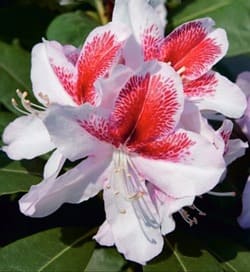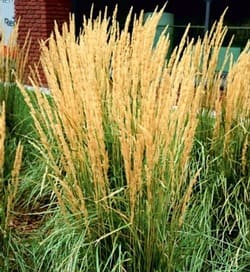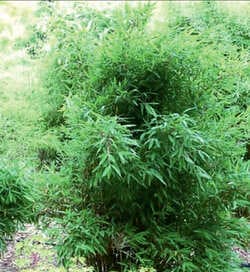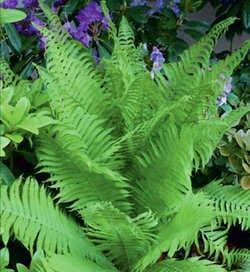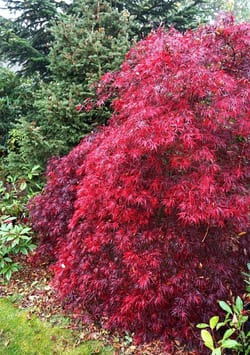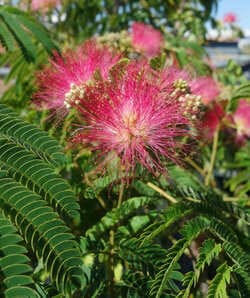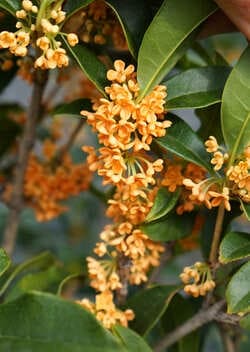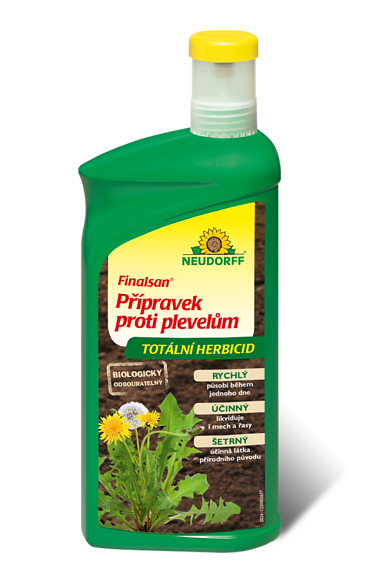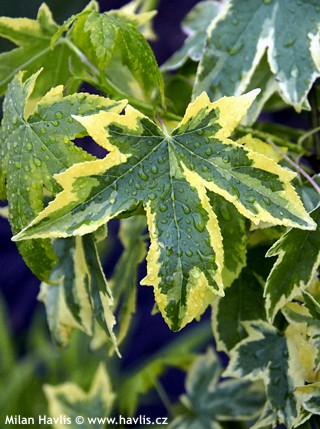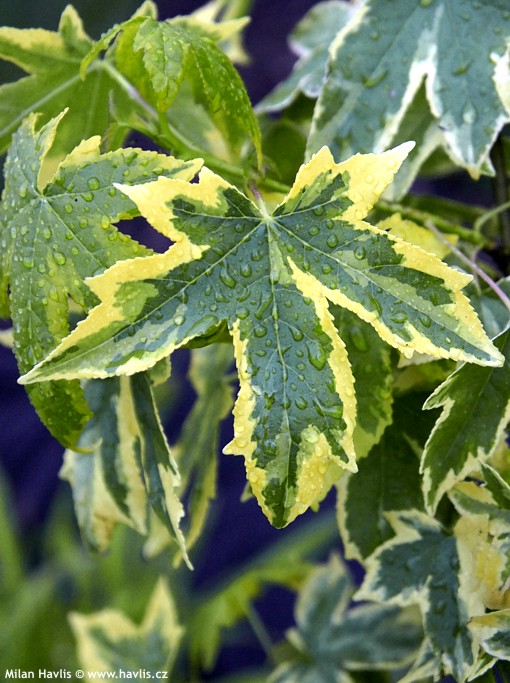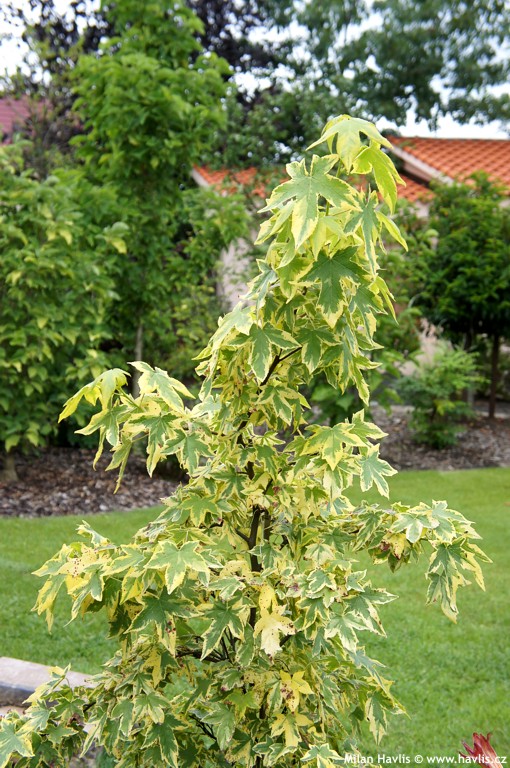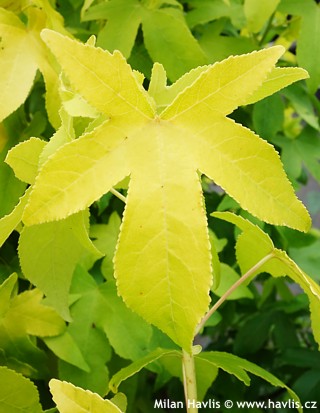Liquidambar styraciflua 'GOLDEN TREASURE' sweetgum
Liquidambar
The genus Liquidambar includes approximately 15 species of deciduous trees naturally found in the temperate zones of North America, Central America, and Southeast Asia. The best-known species, the American sweetgum (Liquidambar styraciflua), originates from the southeastern United States, where it forms part of mixed deciduous forests. The genus was formally described by Carl Linnaeus in 1753, but the first European record of sweetgum dates back to 1615, when Spanish physician and naturalist Francisco Hernández documented it during his expedition to New Spain (Virreinato de Nueva España), a vast colonial territory of the Spanish Empire in North and Central America with its capital in Ciudad de México (present-day Mexico City). He described it as a tall tree with aromatic resin resembling liquid amber – hence the genus name liquidambar. Although fossil evidence confirms the presence of sweetgums in Europe as early as the Tertiary period, today they occur here only as introduced ornamental trees.
Sweetgums are often mistaken for maples by laypeople due to their similarly shaped, deeply lobed, palmate leaves, most commonly with five tips. What you definitely won’t confuse, however, is their scent when crushed – thanks to the tree’s signature aromatic resin, which is not only fragrant but also slightly sweet. Indigenous peoples of North America – such as the Cherokee and Choctaw – collected the resin, let it harden, and chewed it as a natural treat. Its somewhat sweet taste is what gave the tree its English name sweetgum. And when it comes to autumn foliage, sweetgums are clear winners, offering a wide range of vivid colours and holding onto their leaves longer than most other deciduous trees. In regions like New England or the Appalachian Mountains, they are among the main attractions of so-called "leaf peeping" – autumn trips to places with plentiful of autumn-coloured trees, now often organized by travel agencies. It’s the American counterpart to Japan’s momijigari tradition – just with hamburgers instead of jasmine rice.
Golden Treasure is an outstanding variety of sweetgum with conspicuous variegation. Deciduous leaves of this small tree are 5-lobed with rich yellow margins and irregular mottling of light and dark green shades in the centre. In autumn they turn orange, pink and red. Same as other variegated forms Golden Treasure, too, is a slow grower making about 4-5m tall and 2-3m wide shrub or small tree in Central European conditions (zone 6), whereas in countries with warmer winters it can achieve almost twice as much in full maturity. The cultivar was selected at Duncan & Davies in New Zealand before 1974 and was first exported to the United States, where it appeared in Oregon in 1979.
Its natural shape is pyramidal but can be clipped or trimmed in early spring to be kept smaller and in desired form. Once you give it a shape it does not usually go wild to spoil it for a long time. Another nice feature is the fruit. Formed in about 3 cm wide spiny spheres they can be quite attractive to look at and a bit irritating when stepped on barefoot once they have hardened up, if not cleared from pavements or lawns in spring.
Sweet gums are soil tolerant but prefer semi-fertile, deep, evenly moist but well-drained soil that should be acidic or at least neutral. It will not thrive on chalk or lime. Once established they can take both temporary flooding and drought. The more acidic and moist soil you can provide (by adding peat and mulching the roots with bark) the better autumn colours can be expected. The location should be sunny as it does not tolerate shaded areas. If you buy a plant taller than say 1.5m stake it well for minimum of 2 or rather 3 years. Plants older than 3 years are fully hardy to about -27°C (USDA zone 5).
Last update 13-2-2012












